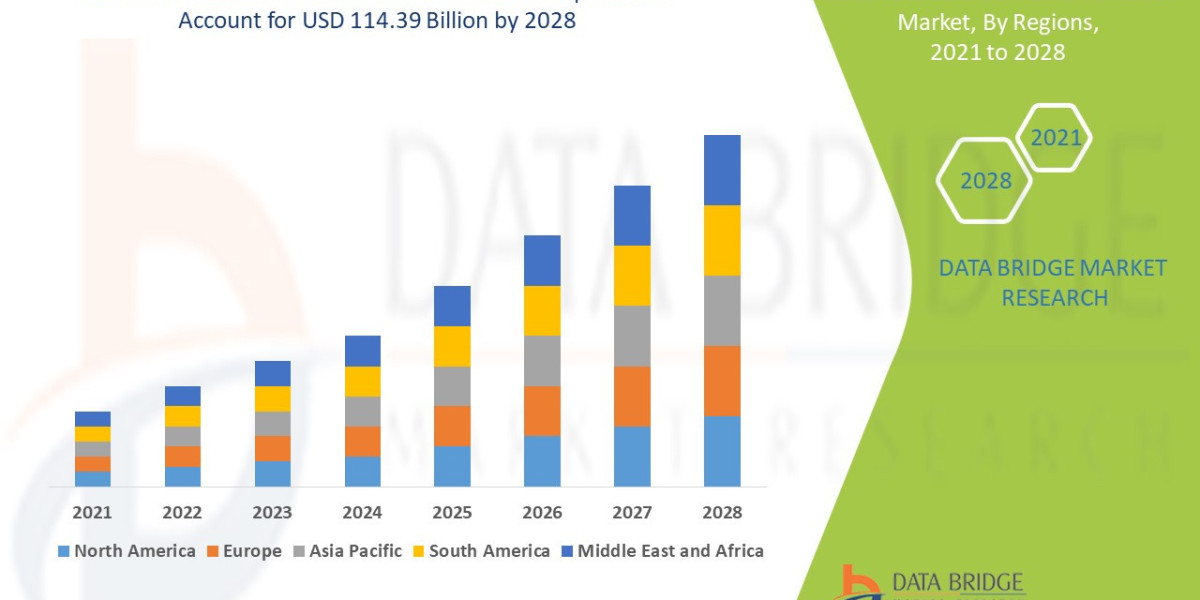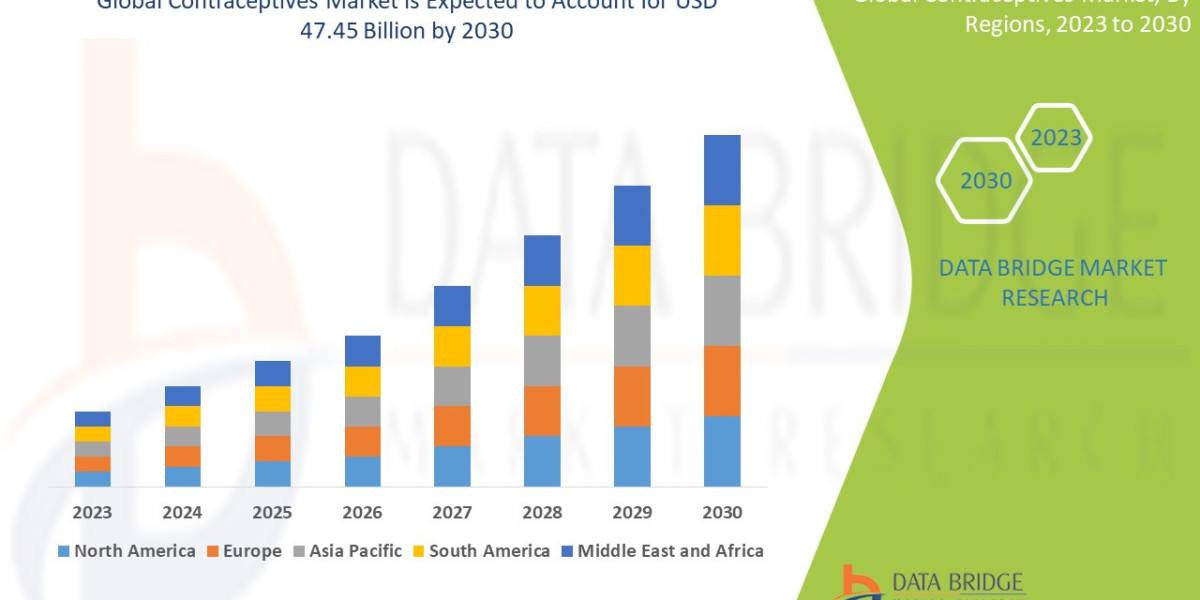Hydrogen refueling infrastructure: Key technologies enabling the development of hydrogen refueling stations.
The Hydrogen Refueling Infrastructure is the foundational network required to enable the widespread adoption of fuel cell electric vehicles (FCEVs). It encompasses all the necessary components, systems, and operational procedures to safely and efficiently dispense compressed hydrogen gas to vehicles, effectively acting as the crucial interface between the hydrogen supply chain and the end-user in the transport sector.
A typical refueling station is a highly integrated system consisting of three primary functional blocks: compression, storage, and dispensing. The process begins with the compressor, which takes hydrogen from the delivery source (whether a tube trailer, pipeline, or on-site electrolyzer) and elevates its pressure to a very high level, often several hundreds of bars, for storage. This compression stage is the technical heart of the station, dictating the station's capacity and fill rate. The storage system uses high-pressure vessels, often arranged in a cascade to facilitate efficient fueling. The cascading strategy allows for the rapid transfer of high-pressure gas from the highest storage bank to the vehicle, optimizing the refueling process. The final stage is the dispenser, which manages the complex thermal and pressure control necessary to safely and quickly fill a vehicle's tank, often employing pre-cooling to counteract the heat generated during the fill process.
Building out this infrastructure faces significant challenges. Capital costs are substantial due to the specialized, high-pressure equipment required, particularly the hydrogen-specific compressors and storage tanks. Furthermore, securing permits and navigating complex safety regulations for handling a highly flammable, high-pressure gas necessitates meticulous site design and strict operational protocols. A crucial operational hurdle is achieving high reliability and fast fill times, as station downtime or slow fueling directly undermine consumer confidence in FCEVs. The infrastructure's deployment follows a pattern dictated by the simultaneous introduction of FCEVs, a phenomenon often described as the "chicken and the egg" problem. Therefore, strategic, often government-backed, deployment in regional clusters or along high-traffic corridors is the typical approach to achieve critical mass and economic viability.
FAQs on Hydrogen refueling infrastructure
What are the three main functional elements of a standard hydrogen refueling station?
The three main elements are the compressor (to boost the pressure), the storage system (to hold the high-pressure gas), and the dispenser (to safely transfer the gas to the vehicle's tank).
What is the main purpose of pre-cooling hydrogen at the dispenser nozzle?
Pre-cooling is necessary to manage the significant heat generated when compressed hydrogen rapidly flows into the vehicle's tank, ensuring that the tank's internal temperature remains within safe limits during the fast-fill process.
Why is the initial build-out of hydrogen refueling infrastructure typically concentrated in clusters or corridors?
Deployment is clustered to overcome the "chicken and the egg" challenge of vehicle adoption, ensuring that early FCEV owners have guaranteed access to fuel, thereby establishing an economically viable network before broader expansion can be justified.
More Relate Reports:



